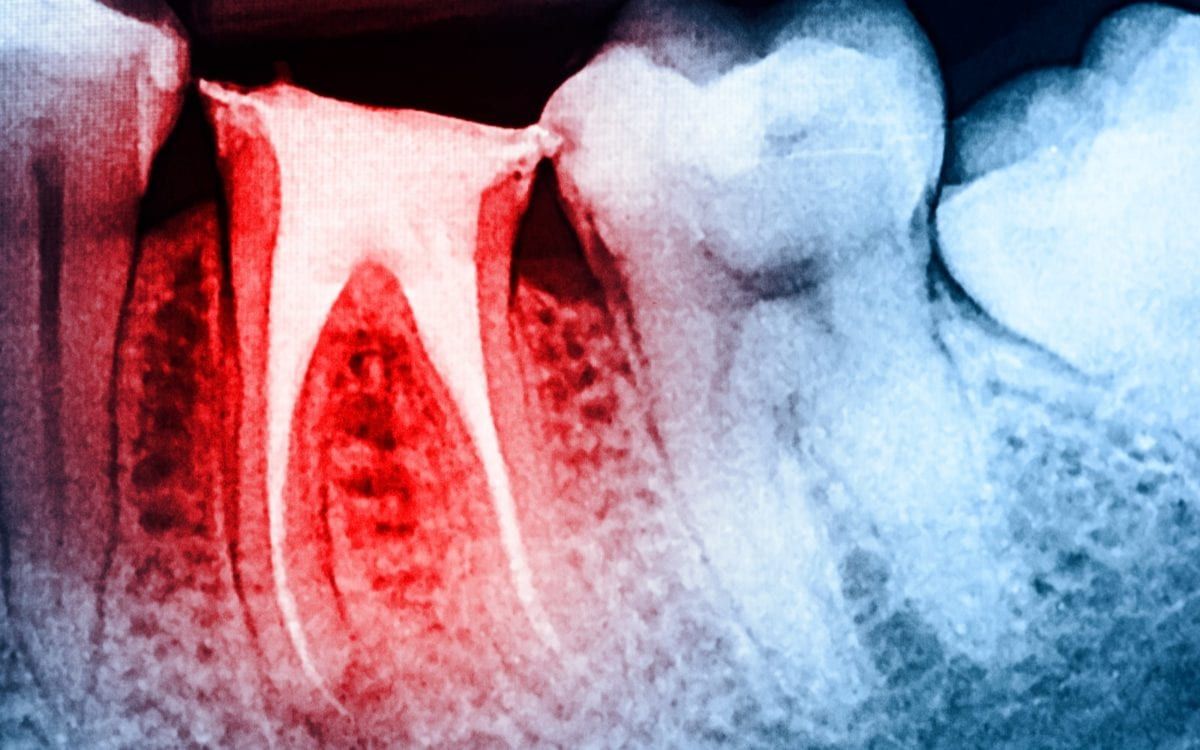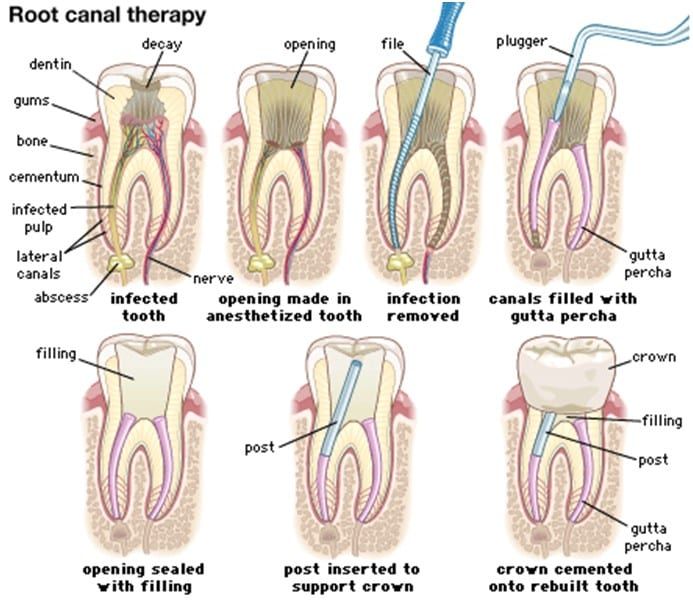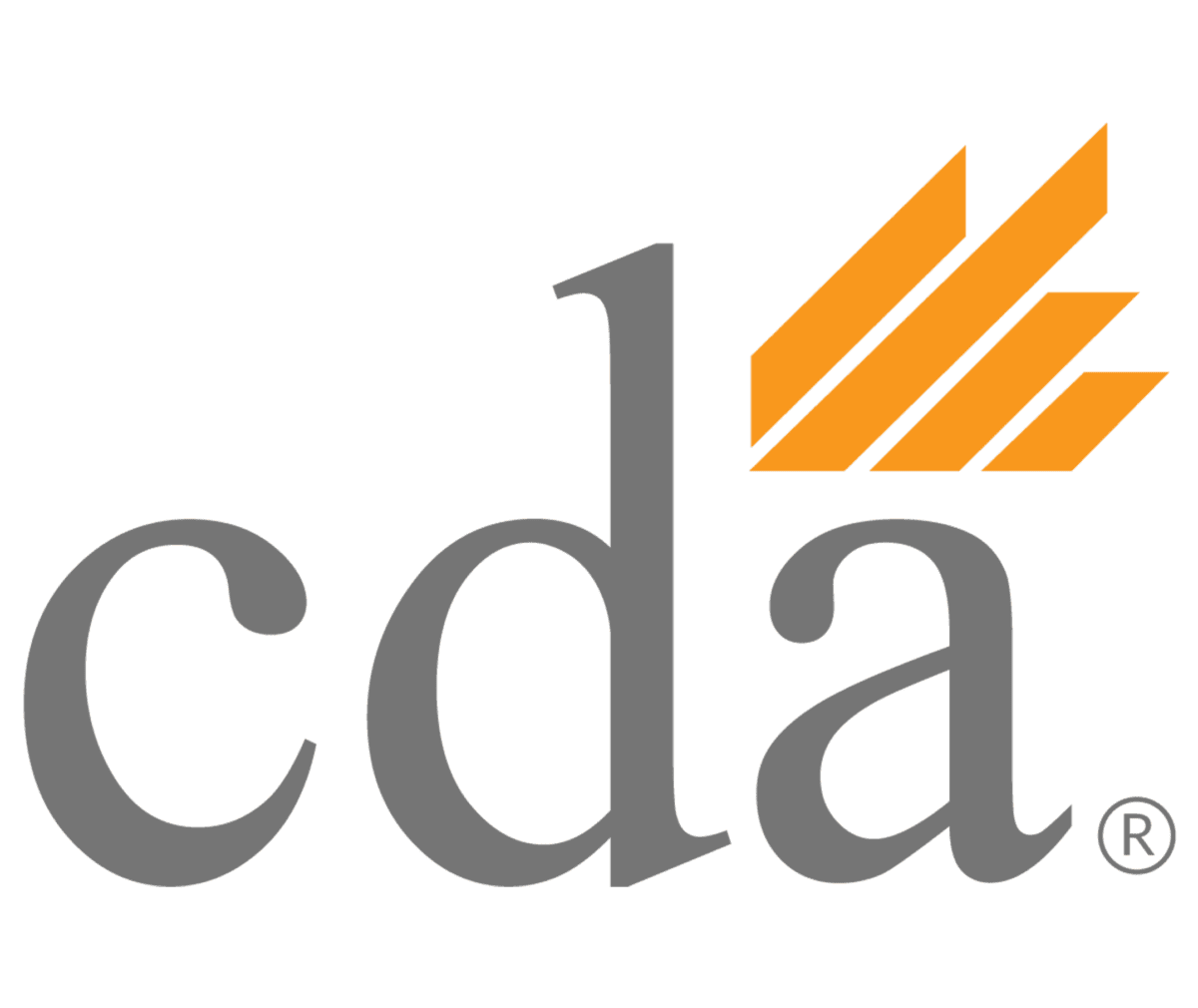Endodontic care faced new challenges when the Covid-19 pandemic began back in 2020. While the demand for endodontic care hasn’t changed, the circumstances under how that care is delivered have changed. The ongoing pandemic has led to many practices making adjustments to their protocols. Aligning with protocols with the Center for Disease Control and Prevention and the American Dental Association, mitigating the risks with the pandemic while providing dental care means that more innovative measures need to be made.
So, how can the endodontic field provide treatment while also paying mind to pandemic protocols? Combining guidelines with technology, many endodontic practices have begun taking new steps towards more effective protection and care. Below, we’ll go into the ins and outs of what that means for patients coming into endodontic treatment and what technologies and methods are used today to prevent the spread of the Covid-19 virus.
Covid-19 Screenings, Diagnosis, and Visits
In-office visits increase the risk of transmission of the Covid-19 virus, and with the supply of PPE resources being limited and costly, many endodontic practices have begun taking different measures to help reduce the pressures of managing disease prevention and treatment. These methods vary from practice to practice, but overall, these protocols are necessary for the safety of everyone.
So, what do these screening methods look like for patients? Most patients are often referred to endodontists due to complex cases of tooth pain, abscesses, and mouth infections. These complex cases mean that the diagnosis process needs to be further narrowed down and hyper-focused on more unusual cases of decay and infection rather than focused on mild to moderate tooth problems. In these cases, pre-treatment methods need to take higher priority for endodontists working to reduce Covid-19 rates, and these methods include:
- Telehealth Screenings: Telehealth has become the biggest proponent for reducing virus spread and contamination and has helped evolve the telehealth industry into a more viable solution for endodontists. Through virtual visits, this means that endodontists can take more initiative communicating with their patients about their symptoms, perform basic diagnostic tests through virtual means, and overall reduce patient time. This allows for better management methods for the patient experiencing complex tooth problems and allows for those in more rural communities to gain better access to endodontic care.
- Ruling out Non-Endo Symptoms: Alongside telehealth screenings, the diagnosis process would also be adjusted to improve the patient experience better. During telehealth meetings, patients that would describe symptoms such as dentin hypersensitivity or tenderness present during mornings and nights would be excluded due to how broad these symptoms are in many tooth-related cases. By focusing only on endodontic symptoms, such as abscesses and vestibular infections along the gumline, then follow-up appointments can be better scheduled and help redirect patients not experiencing endodontic symptoms to specialists that can treat their condition.
- Extra-Oral Imaging: For patients needing further diagnosis diagnostic equipment, especially those that require investigations into the oral cavity, intra-oral devices will often increase the risk of spreading contaminated droplets. Extra-oral imaging devices, including CBCT technology, can help diagnose tooth conditions while also reducing the spread of the virus. These methods will replace the need for invasive access and help avoid contact with blood or saliva and better improve treatment plans.
These screening methods then allow for treatments to be planned out in further detail, and for endodontists during the pandemic, and help patients in complex cases of endodontic pain find better relief.
Endodontic Treatment Planning During the Pandemic
To further the treatment process, treating patients through an effective time rate should be a priority. Planning out treatments means considering how visits are scheduled for patients experiencing chronic or immediate pain symptoms and limiting these excursions for the patient; it can help reduce the spread and help patients move forward with their treatments. In-office visits can help those with endodontic conditions receive treatment more consistently, but to control and better manage patient care, many endodontists have begun changing their protocols during treatment to accommodate for the pandemic, including:
- Reducing Treatment Times: Many treatment options, including root canal treatments and endodontic retreatments, have been reduced in their treatment times to reduce not only virus spread but also improve efficiency. This means that certain techniques often used by endodontists will need to be adjusted. For instance, enhanced magnification techniques would need to be applied to locate infected canals better, and combined with sanitation procedures, finding efficient methods to quicken the treatment process works to help control patient influx and lower risks overall.
- Same-Day Treatments: For endodontists looking to treat patients more effectively, same-day treatments have become more prominent, especially for cases where necrotic pulp and calcified canals are present. These same-day procedures even include handing cases of micro-leakage; utilizing control methods such as rubber dam isolation and manual fluid delivery systems means that restoring endodontic teeth can be performed safely without the risk of spreading disease.
- Emergency Protocols: For patients experiencing endodontic emergencies, protocols for same-day treatments also apply under these circumstances. This includes increased sanitation methods, emergency techniques, and improved efficiency on all counts of communication are further emphasized to treat the patient within that moment. This means providing options such as permanent restorations, exploratory surgeries, and medication prescriptions to reduce patient time in the office and provide better protection. Under these circumstances, emergency treatments should be made through quick diagnosis methods to increase treatment efficiency.
- PPC Equipment Procedures: Lastly, the implementation of PPC equipment and sanitization measures during treatment have also become part of the treatment process. Wearing masks, gloves, and other protective equipment can help accommodate for endodontic emergencies and same-day treatments and help better control single-day visits for patients.
All of these factors are important to keep in mind for keeping patients safe during the Covid-19 pandemic. As these protocols become more normalized, endodontic practices have begun learning how to adjust to these turbulent circumstances. While the pressures of protecting patients during the pandemic continue to rise, doing so reduces the risk of viral transmission and keeps both practices and patients safe.






